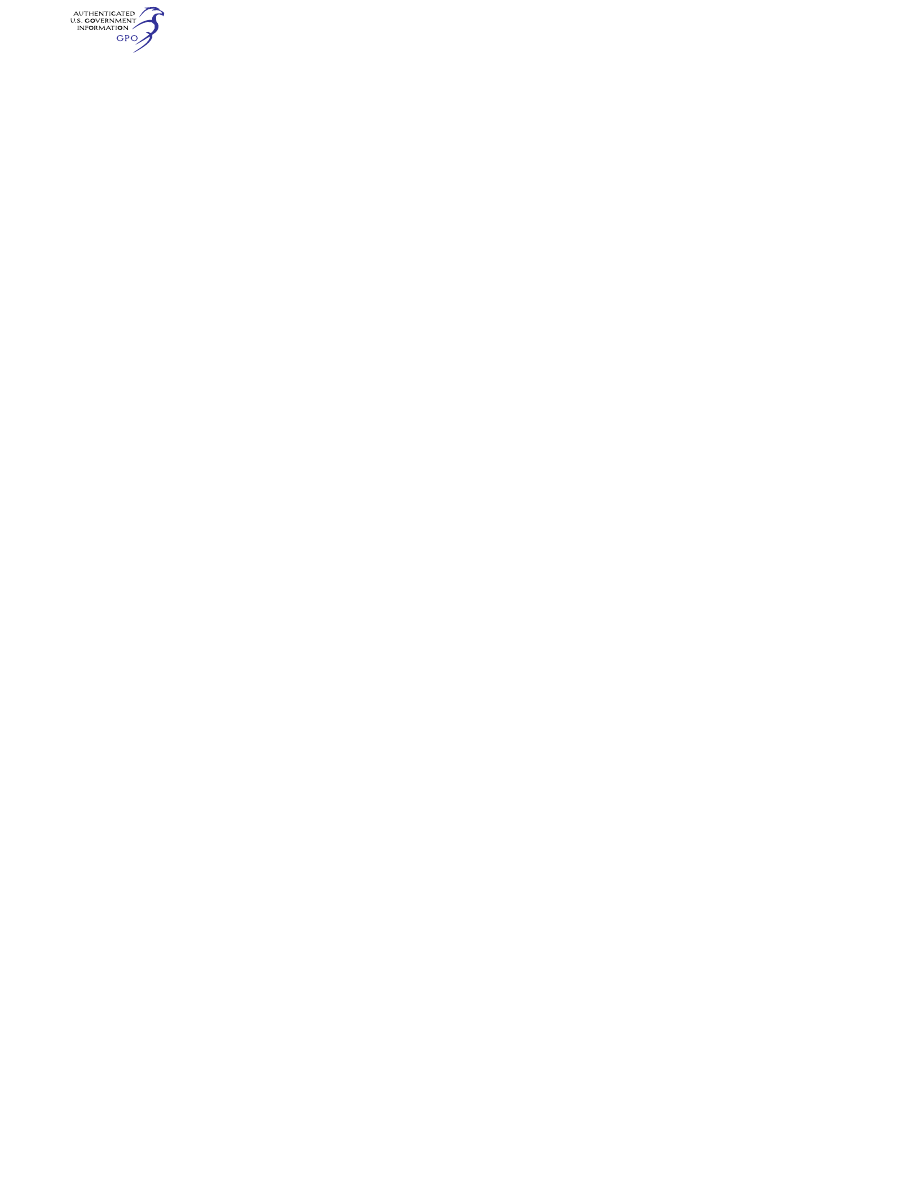
805
Federal Aviation Administration, DOT
§ 91.1101
(ii) Teaching methods and proce-
dures; and
(iii) The instructor-student relation-
ship.
(d) The transition ground training for
flight instructors must include the ap-
proved methods, procedures, and limi-
tations for performing the required
normal, abnormal, and emergency pro-
cedures applicable to the type, class, or
category aircraft to which the flight
instructor is in transition.
(e) The initial and transition flight
training for flight instructors (aircraft)
must include the following—
(1) The safety measures for emer-
gency situations that are likely to de-
velop during instruction;
(2) The potential results of improper
or untimely safety measures during in-
struction;
(3) Training and practice from the
left and right pilot seats in the re-
quired normal, abnormal, and emer-
gency maneuvers to ensure competence
to conduct the flight instruction re-
quired by this subpart; and
(4) The safety measures to be taken
from either the left or right pilot seat
for emergency situations that are like-
ly to develop during instruction.
(f) The requirements of paragraph (e)
of this section may be accomplished in
full or in part in flight, in a flight sim-
ulator, or in a flight training device, as
appropriate.
(g) The initial and transition flight
training for a flight instructor (simu-
lator) must include the following:
(1) Training and practice in the re-
quired normal, abnormal, and emer-
gency procedures to ensure competence
to conduct the flight instruction re-
quired by this subpart. These maneu-
vers and procedures must be accom-
plished in full or in part in a flight sim-
ulator or in a flight training device.
(2) Training in the operation of flight
simulators, flight training devices, or
both, to ensure competence to conduct
the flight instruction required by this
subpart.
§ 91.1097
Pilot and flight attendant
crewmember training programs.
(a) Each program manager must es-
tablish and maintain an approved pilot
training program, and each program
manager who uses a flight attendant
crewmember must establish and main-
tain an approved flight attendant
training program, that is appropriate
to the operations to which each pilot
and flight attendant is to be assigned,
and will ensure that they are ade-
quately trained to meet the applicable
knowledge and practical testing re-
quirements of §§ 91.1065 through 91.1071.
(b) Each program manager required
to have a training program by para-
graph (a) of this section must include
in that program ground and flight
training curriculums for—
(1) Initial training;
(2) Transition training;
(3) Upgrade training;
(4) Differences training;
(5) Recurrent training; and
(6) Requalification training.
(c) Each program manager must pro-
vide current and appropriate study ma-
terials for use by each required pilot
and flight attendant.
(d) The program manager must fur-
nish copies of the pilot and flight at-
tendant crewmember training program,
and all changes and additions, to the
assigned representative of the Admin-
istrator. If the program manager uses
training facilities of other persons, a
copy of those training programs or ap-
propriate portions used for those facili-
ties must also be furnished. Curricula
that follow FAA published curricula
may be cited by reference in the copy
of the training program furnished to
the representative of the Adminis-
trator and need not be furnished with
the program.
§ 91.1099
Crewmember initial and re-
current training requirements.
No program manager may use a per-
son, nor may any person serve, as a
crewmember in operations under this
subpart unless that crewmember has
completed the appropriate initial or re-
current training phase of the training
program appropriate to the type of op-
eration in which the crewmember is to
serve since the beginning of the 12th
month before that service.
§ 91.1101
Pilots: Initial, transition, and
upgrade ground training.
Initial, transition, and upgrade
ground training for pilots must include
VerDate Sep<11>2014
14:00 Mar 14, 2024
Jkt 262047
PO 00000
Frm 00815
Fmt 8010
Sfmt 8010
Q:\14\14V2.TXT
PC31
aworley on LAPBH6H6L3 with DISTILLER
